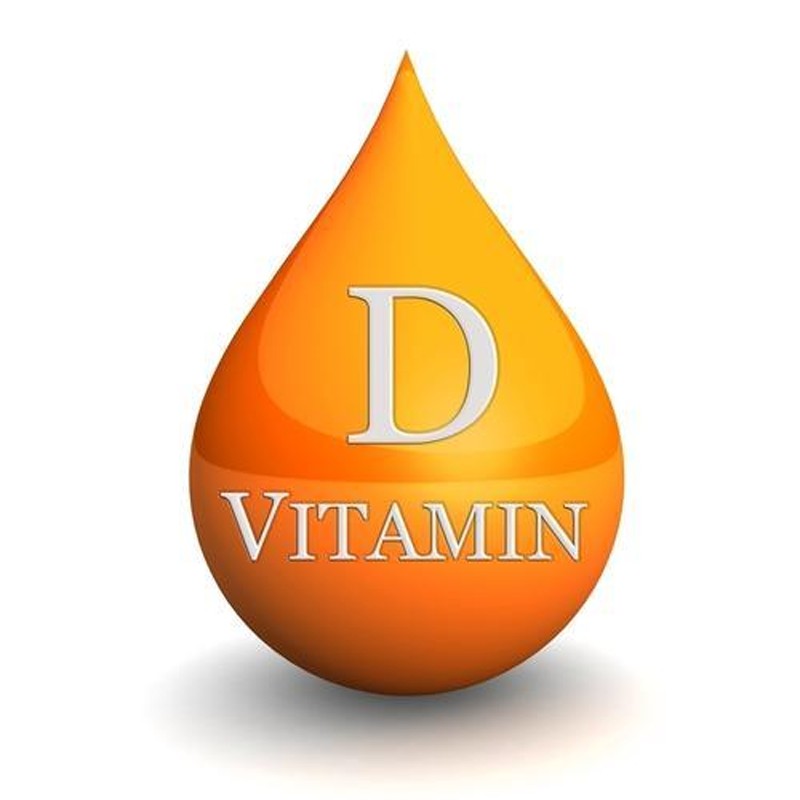Vitamin D3 We MitushibioPharma, are proud to introduce ourselves as one of the leading Merchants exporters and Global Sourcing Company in India in the field of Active Pharma Ingredients, Chemicals, Pharmaceuticals Raw Materials, herbals, Phytochemicals & Intermediates.
Vitamin D is a group of fat-soluble secosteroids responsible for increasing intestinal absorption of calcium, magnesium, and phosphate, and many other biological effects.[1][2] In humans, the most important compounds in this group are vitamin D3 (also known as cholecalciferol) and vitamin D2 (ergocalciferol).[1][2][3]
The major natural source of the vitamin is synthesis of cholecalciferol in the lower layers of epidermis of the skin through a chemical reaction that is dependent on sun exposure (specifically UVB radiation).[4][5] Cholecalciferol and ergocalciferol can be ingested from diet and supplements.[6][2] Only a few foods, such as the flesh of fatty fish, naturally contain significant amounts of vitamin D.[1][7] In the U.S. and other countries, cow's milk and plant-derived milk substitutes are fortified with vitamin D, as are many breakfast cereals. Mushrooms exposed to ultraviolet light contribute useful amounts of vitamin D.[1] Dietary recommendations typically assume that all of a person's vitamin D is taken by mouth, as sun exposure in the population is variable and recommendations about the amount of sun exposure that is safe are uncertain in view of the skin cancer risk.[1]
Vitamin D from the diet, or from skin synthesis, is biologically inactive. It is activated by two protein enzyme hydroxylation steps, the first in the liver and the second in the kidneys.[3] As vitamin D can be synthesized in adequate amounts by most mammals if exposed to sufficient sunlight, it is not essential, so technically not a vitamin.[2] Instead it can be considered a hormone, with activation of the vitamin D pro-hormone resulting in the active form, calcitriol, which then produces effects via a nuclear receptor in multiple locations.[2]
Cholecalciferol is converted in the liver to calcifediol (25-hydroxycholecalciferol); ergocalciferol is converted to 25-hydroxyergocalciferol. These two vitamin D metabolites (called 25-hydroxyvitamin D or 25(OH)D) are measured in serum to determine a person's vitamin D status.[8][9] Calcifediol is further hydroxylated by the kidneys and some of the immune system cells to form calcitriol (also known as 1,25-dihydroxycholecalciferol), the biologically active form of vitamin D.[10][11] Calcitriol circulates as a hormone in the blood, having a major role regulating the concentration of calcium and phosphate, and promoting the healthy growth and remodeling of bone. Calcitriol also has other effects, including some on cell growth, neuromuscular and immune functions, and reduction of inflammation.[1]
Vitamin D has a significant role in calcium homeostasis and metabolism. Its discovery was due to effort to find the dietary substance lacking in children with rickets (the childhood form of osteomalacia).[12] Vitamin D supplements are given to treat or to prevent osteomalacia and rickets. The evidence for other health effects of vitamin D supplementation in vitamin D-replete individuals is inconsistent.[1] The effect of vitamin D supplementation on mortality is not clear, with one meta-analysis finding a small decrease in mortality in elderly people,[13] and another finding supplementation did not reduce skeletal or non-skeletal outcomes by more than 15% in unselected community-dwelling individuals, conclusions which were unlikely to be altered by future trials using similar designs.

Login To Comment